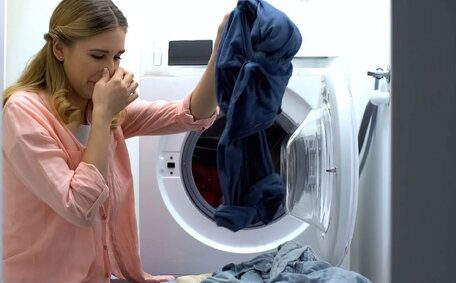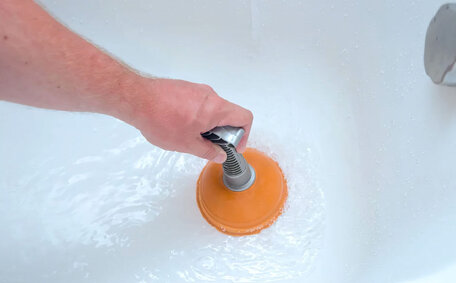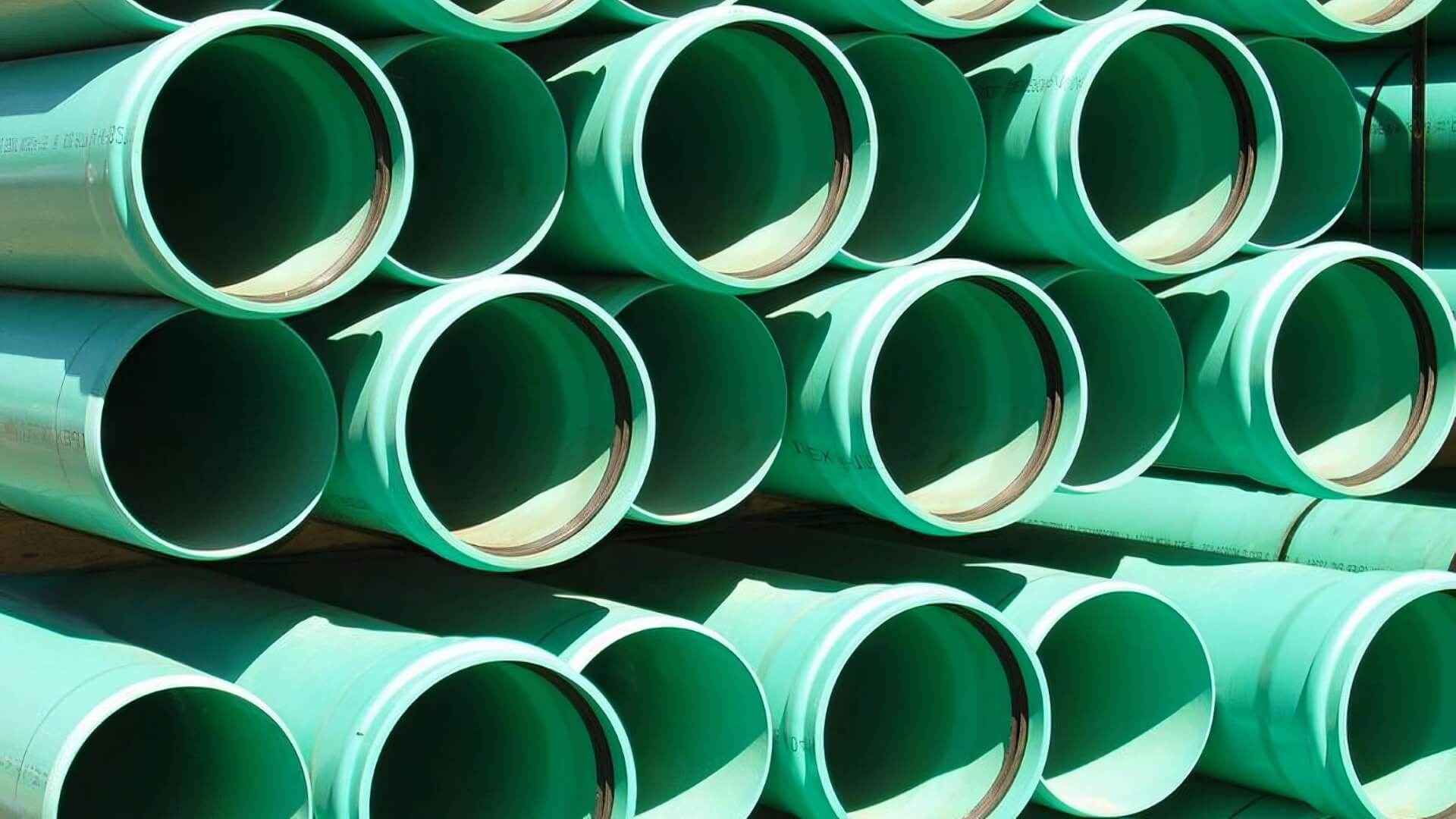Introduction to Pipe Relining
Pipe relining is an advanced method for fixing damaged pipes, offering a stark contrast to the disruptive traditional excavation process. It involves inserting a flexible epoxy resin lining into the existing pipe to essentially create a "pipe within a pipe" once cured. This structurally sound new pipe stops leaks, restores function, and safeguards your property from further deterioration.
Eastwood Plumbing excels in both emergency and preventative plumbing, addressing sudden issues like burst pipes and offering superior pipe relining services, including water heater repairs, throughout Eastwood, Sydney and beyond. Our expertise covers everything from resolving blocked drains to performing comprehensive sewer line repairs, providing the solutions necessary for the long-term function of your hot water system and plumbing.
The timing of pipe relining affects crucial factors such as soil condition and accessibility. This article delves into the optimal timing for relining so that your drains can benefit from the most feasible, cost-effective, and least disruptive solutions.
Identifying When Pipe Relining is Needed
Several signs may indicate the immediate need for pipe relining, pointing to underlying plumbing issues.
Persistent blockages or slow drainage in sinks, tubs, showers, or toilets often indicate obstructions, structural faults or root infiltration that lead to waste buildup.
Our licensed technicians use drain cameras for comprehensive inspections to determine if relining is optimal for your plumbing needs.
Pipe relining is a non-invasive, cost-efficient method that restores pipe function and seals leaks, presenting distinct benefits over complete pipe replacement. Meticulous plumbing maintenance is exemplified as an epoxy resin coating is carefully inserted into the damaged pipe, ensuring our technicians utilise their expertise to adhere and create a "pipe within a pipe" once cured. With prompt attention and the essential knowledge about your plumbing woes, no matter the complication, we can restore your plumbing system before major headaches arise.
Common Signs Your Pipes Need Relining
There are numerous indicators suggesting your pipes need relined to maintain proper function. Frequent drain blockages, gurgling noises from pipes, and slow your water drainage point to buildup, cracks, or other damage enabling waste to accumulate. Likewise, bad odours emanating from drains, water pooling around pipes, and backups during storms are common plumbing issues indicating deteriorating pipes.
Early detection of plumbing problems enables the benefits of pipe relining to be unlocked, preventing further decay and avoiding the need for more extensive repairs later. If you notice questionable sights, sounds or smells from your plumbing, don’t hesitate to have our professionals come out for an assessment and service today. Our trenchless cameras meticulously inspect pipe interiors to make sure issues are identified and confirming if relining is the best course of drain repair.
Pipe relining is a less invasive, more economical alternative to pipe replacement, effectively reinstating pipe functionality and preventing leaks without extensive excavation. We deftly insert an epoxy coating to form a sturdy new pipe within the faulty one once cured, swiftly restoring plumbing to get your system back on track.
Using CCTV Drain Inspections
Employing a drain camera for CCTV inspections is an essential diagnostic method for assessing the condition of underground pipes. This non-invasive method involves feeding a high-resolution video camera through the pipe to inspect thoroughly and pinpoint any issues that may require us to reline pipes.
During a CCTV drain inspection from Eastwood Plumbing, clients can receive real-time updates, taking the guesswork off your shoulders while revealing the precise state of your sewer pipe systems. This enables our licenced plumbers to ascertain if pipe relining is vital for remedying your damaged drain situation or if alternative repairs will suffice.
Beyond identifying issues for correction, CCTV inspections are hugely beneficial in mapping pipes for relining. Using visual footage, our experts accurately measure pipes to tailor-fit the epoxy resin lining to your unique piping structure. This tailored approach is effective for all types of pipes, ensuring a tight seal and long-lasting solution.
CCTV inspections offer crucial insights into sewer pipes, mitigating the unknowns in addressing underground pipe issues. For clients in Eastwood, Sydney and nearby suburbs, our trenchless pipe assessments deliver accurate diagnostics to inform suitable pipe repair services that get pipes functioning optimally again.
Weather and Seasonal Impact on Relining Pipes
Weather and seasonal soil conditions significantly influence pipe relining projects. The best period for pipe relining in Eastwood tends to be between late spring and early fall. During these months, the soil maintains a balance of moisture and temperature that makes it more workable.
Soil consistency during late spring and early fall allows for smooth pipe access with minimal disruption to the ground. The soil’s softness allows our technicians to easily feed the flexible epoxy resin pipe lining for insertion during relining, informing you about pipe conditions and the timing of the service.
The warmer transitional seasons of late spring and early fall provide superior workability compared to the extreme conditions of frozen or parched soil in colder months.
Scheduling relining for late spring or early fall also leverages the advantage of dry weather. With summer’s humidity and winter’s heavy rainfalls, managing outdoor hydroexcavations or excavations becomes more complicated, but our same day service can mitigate these challenges. By contrast, the relatively drier conditions in autumn or late spring simplify digging, drainage and water diversion when required.
While pipe relining is a trenchless technology not requiring full-scale excavation, some ancillary digging helps grant pipe access. The dryness and temperate soil consistency during late spring and early fall facilitates this nicely. Your call to Eastwood Plumbing, servicing all Sydney areas, can provide insights into opportune seasons for seamless pipe relining in your home.
Spring and Fall: Best Times for Pipe Relining
Late spring and early fall are the best times for pipe relining in Eastwood due to softer soil and drier conditions that ease outdoor work.
The temperate daytime conditions keep soil moist enough for pipe manoeuvrability without reaching the concrete-like hardness of winter freezes or summer heat bakes.
Compared to fighting with dense, frozen ground in cold months or dusty, solidified soil amid summer, spring and fall offer a "goldilocks" soil consistency that’s not too tough but not too loose.
Beyond the feasibly textured soil, spring and fall also typically deliver reliably dry weather compared to other seasons. With less rainfall or ambient humidity than summer and winter respectively, managing outdoor hydroexcavations and ancillary excavations becomes simpler. From digging drainage to diverting water flows when required, the relatively drier conditions facilitate supplementary work.
While pipe relining is predominantly a trenchless technology not necessitating full excavations, some above-ground digging helps enable pipe access points. The dryness and balanced soil workability in spring and fall enables this support work to progress faster, making relining projects more efficient.
The softened ground also reduces the likelihood of encountering stubborn tree root blockages/intrusions mid-project compared to working in packed soil. And daylight savings time means extended working hours to complete relining with less disruption too.
Challenges of Winter and Summer Relining
Attempting pipe relining during the height of winter or summer in Eastwood can be particularly difficult. The hardened, dense soil conditions in winter coupled with cold temperatures and shorter daylight hours complicate outdoor work. Similarly, the dense, extremely dry soil and high ambient heat of summer makes relining more difficult.
In both winter and summer, the hardened soil makes it challenging for technicians to access pipes for feeding in the epoxy resin lining, unlike the more pliable soil of spring and fall.
What’s more, hardy tree roots bolstered by winter rains or summer heat can hinder lining insertion if intruding plumbing pipes. And periods of heavy rainfall or stormwater runoff in winter and summer respectively further impede project workflows.
Cold conditions and shorter days in winter reduce available work hours, making it more challenging for plumbers to complete the relining within restricted time frames. Whereas blistering summer heat risks equipment malfunctions and poses hazards to workers, necessitating more breaks. Compared to the moderate conditions of spring and fall, undertaking relining in extreme cold and heat typically decreases efficiency.
Pipe relining vs replacement considerations reveal that scheduling relining for late spring or early autumn offers the most viable conditions in Eastwood. The temperate weather and balanced soil moisture enables our team to progress trenchless repairs with minimal complications. Contact Eastwood Plumbing to learn about the optimal timing for your situation.
Comparing Pipe Relining Methods
Several trenchless pipe relining techniques are available, each suitable based on pipe material, damage severity, seasonal timing, and level of invasiveness. Key options include epoxy, steam, UV light and blown-in lining applications.
Epoxy coatings inserted into the damaged pipe then hardened provide superb leak sealing, resilience and longevity. However, epoxies perform better in dry conditions given their long curing times, making late spring or early fall installations ideal. Steam-cured felt linings provide faster curing times, albeit requiring careful heat and condensation management.
Blown-in spray linings using cement or epoxy resins enable rapid application and curing but excess material removal is trickier. And UV-cured vinyl linings involve specialist equipment for light activation in tighter access points, illustrating the relining vs traditional repair debate. Overall pipe layouts, property disruption tolerance and the urgency of repairs should drive relining selections.
Traditional Excavation vs. Trenchless Relining
Traditionally, repairing pipes under your house has meant full excavation for pipe replacement. However, this approach disrupts landscaping, with your garden, structures, or land usage unavoidably impacted by trench digging for pipe removal and installation. It also depends heavily on favourable weather and soil conditions for feasible digging.
In contrast, trenchless pipe relining is a minimally invasive, cost-effective method that avoids major excavation disruptions. For precision, specialist plumbers at Eastwood Plumbing use specific lining materials fed into drain systems to skilfully coat interior flaws.
Once set, these smooth linings of epoxy, resin, felt or vinyl form sturdy new pipes inside the old infrastructure. Eastwood Plumbing carefully tailors these to precise measurements, enhancing the relining process with secure seals and enduring outcomes. With greater weather tolerance and piping accessibility, trenchless relining enables pipes to be restored faster and less disruptively year-round.
Cost and Process Comparison
When weighing up pipe relining methods, cost considerations include project durations affecting labour and operational expenses plus land access and restoration requirements.
Full excavations traditionally demand extensive outdoor work with sizeable trenches dug for pipe access. It results in increased labour costs, excavation equipment rental fees, disposal expenses, and extensive land restoration work. Excessive dewatering and soil export may also add expenses in wetter months.
By contrast, trenchless relining like epoxy coating insertion depends less on weather conditions. Requiring only small access pits instead of vast trenches, it reduces heavy machinery mobilisations, surface area disturbances and reinstatement needs. These cost savings imply that the timing from spring to fall is less significant from a budgetary standpoint with trenchless relining.
Nevertheless, epoxy relining with curing times from 2 to 12 hours can extend project timelines compared to quicker steam or UV light-cured linings. Extended technician hours and staging equipment onsite hike labour costs. So for more rapid repairs, these alternative lining technologies may justify higher material expenses.
In essence, seasonal timing impacts the ease of access more than the cost with trenchless relining methods. But traditional dig-and-replace methods grow exponentially more expensive in difficult soil conditions. Connect with Eastwood Plumbing to determine the most suitable approach for your situation.
Long-Term Benefits of Trenchless Pipe Relining
Pipe relining provides substantial advantages, allowing plumbing systems to recover sustained functionality and robustness, even amid degradation. These minimally invasive structural repairs prevent the need for major property destruction from large-scale excavations to replace pipes.
Once our expert team inserts the custom-fitted material, the relined section of pipe is restored to optimal flow, and leakage is effectively prevented. The robust fused lining lasts indefinitely, adding decades of life to existing pipes with no recurring upkeep.
Avoiding extensive dig sites or trenches on properties also means avoiding associated repair costs later on. Landscaping, pathways or structures don’t require rehabilitation post-project since disturbance is minimal. You benefit from restored underground pipes and undamaged surface areas.
The reliability and permanence of trenchless pipe relining also boosts property values. Installing new structural plumbing infrastructure that won’t necessitate replacements for decades makes properties significantly more appealing to buyers. It’s a protective investment benefitting you years down the track.
At Eastwood Plumbing, our epoxy pipe relining expertise delivers more than just longevity; it ensures value and reliability properties need. With minimised environmental impact from contained worksites and long-lasting solutions, it’s a sustainably-conscious and prudent choice providing permanence.






